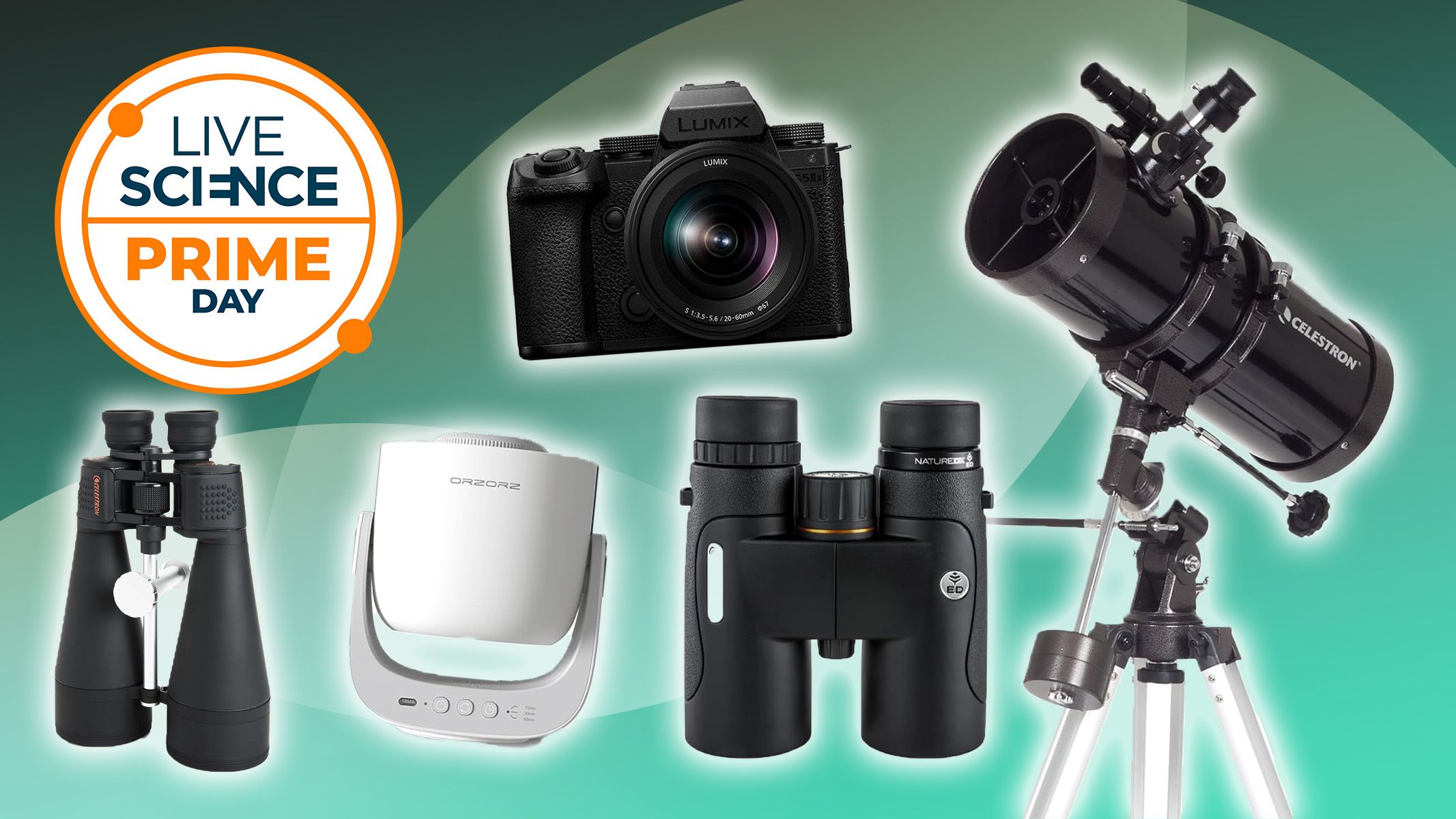Two spacecraft on Mars have captured new images of the interstellar comet 3I/ATLAS in the closest view that the European Space Agency (ESA) will get of the mysterious object, according to an ESA statement.
The comet, which came from an unknown star system far beyond our own, is currently taking a months-long tour of the inner solar system. It made its closest approach to Mars Friday (Oct. 3) ahead of a close encounter with the sun on Oct. 30. During its recent flyby of the Red Planet, the comet came within view of ESA and NASA’s fleet of robotic explorers, including ESA’s ExoMars Trace Gas Orbiter (TGO) and Mars Express orbiter.
Soaring 18.6 million miles (30 million kilometers) overhead, the comet proved too dim for Mars Express to capture. However, the ExoMars TGO satellite succeeded in snapping a series of images, which ESA combined into an animated GIF. The animation shows the comet — visible as a fuzzy, bright dot — descending toward the center of the frame as it zooms away from Mars at an estimated 130,000 mph (210,000 km/h).
What can we see?
The bright dot represents the comet’s nucleus (the ball of icy rock that makes up the body of the comet) and its coma (the nebulous cloud of gas that streams off the nucleus as it heats up). As comets swoop closer to the sun, ice on their surfaces sublimates into gas, causing the coma to grow larger and brighter, according to NASA. Pressure from incoming solar wind can also blow the coma’s gas and dust away from the sun, giving comets their distinctive tails.
Because TGO was designed to monitor the Martian surface from just a few hundred miles away, its instruments aren’t the best at recording faraway, fast-moving objects like 3I/ATLAS, ESA officials noted.
“The comet is around 10,000 to 100,000 times fainter than our usual target,” Nick Thomas, principal investigator for ExoMars’ Colour and Stereo Surface Imaging System, said in the statement. As a result, no tail is visible in the new images. But that doesn’t mean the comet doesn’t have one; as 3I/ATLAS careens closer to the sun, both its coma and its tail are likely to grow and brighten, ESA officials added.
At the moment, the new images don’t reveal any new insights about the peculiar object, but ESA will continue to analyze images from both of its Mars satellites in hopes of teasing out some new data on the comet’s possible size and composition.
It remains uncertain whether any of NASA’s dedicated Mars rovers or satellites also spotted the comet during its close approach, as the agency has paused all public communications during the ongoing U.S. government shutdown. However, a raw image captured by the Perseverance rover’s Right Navigation Camera on Oct. 4 shows a bright, streaking object in the sky that may be Comet 3I/ATLAS, according to Live Science’s sister site Space.com. No official information about the image has been released.
3I/ATLAS is the third interstellar object ever confirmed — after 1I/’Oumuamua and 2I/Borisov — and appears to be the largest so far, with estimates placing it somewhere between 3 and 7 miles (5 to 11 km) wide. Its speed and trajectory suggest that it has been zooming through the galaxy for billions of years and is likely far older than the sun.
The comet is currently traveling on the far side of the sun, out of Earth’s view, but it will become visible to ground-based telescopes again in early December. The comet will whiz past Jupiter in March 2026, before heading out of our solar system forever.













